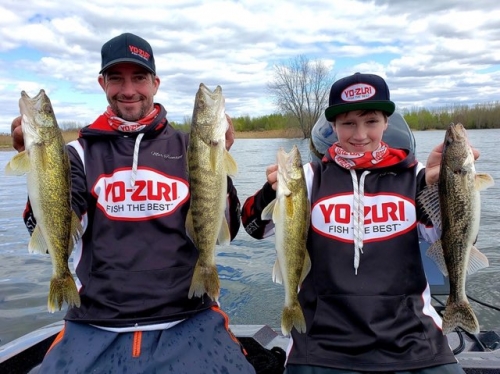BLOG
Snappin’ Skinny Water Panfish- by Mark Maule
As the water warms to 60 Degrees in the spring, we as anglers often times find ourselves faced with the great dilemma of what kind of fish we should chase. During this time of year many fishing seasons are opening and a lot of attention is rightfully given to northern pike, walleyes, muskies, and bass. While these are all terrific species to pursue, don’t forget about panfish. It is in the late spring when big bull bluegills and colossal crappies begin roaming the shallows looking for forage and preparing themselves for their respective spawns.
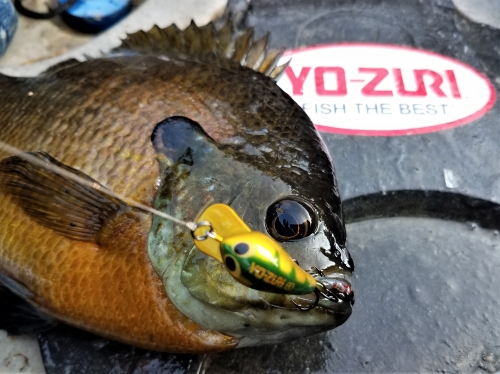
One of my favorite lures during the pre-spawn for crappies and bluegills is the Yo-Zuri Snap Bean. It is arguably one of the most versatile panfish lures that I use because it can be casted, trolled, or used under a bobber. During the late spring when I am fishing the dark shallow bays on the north end of a lake as bluegills and crappies begin moving in, I will use a very specific cadence (explained in the upcoming paragraphs) in order to ensure that I not only catch fish, but that I also avoid as many snags in the 1-2’ of water that I am fishing.
When using the Snap Bean, I usually recommend 6 lb Yo-Zuri Hybrid line as it is inevitable that if you have panfish in your system, then there will be a time when a bass or northern will munch your bait. Generally speaking, I tip the Snap Bean treble with some kind of plastic grub that is less than an inch long. The next item that I choose for this set up is a clip on bobber which I place 6-12” above the Snap Bean depending on the depth of the water. If it is only 12” deep, then go with 6” for the bobber placement. If the water is 2’ deep, then go with 12” for the bobber placement.

After you are rigged and ready to go, the next piece of the puzzle is probably the most critical to consider when fishing with the Snap Bean. Cast the bobber out and then pause for 3-5 seconds as the Snap Bean sinks slowly. Many times bluegills and crappies will grab the lure while it is in this sinking motion. If no fish bites in the first 3-5 seconds, then begin reeling SLOW. When I say SLOW, I mean slow to the point that you have your rod tip high in the air and you reel the bobber just slow enough so that it stays afloat skimming the top of the water throughout the entire retrieve. If the bobber goes beneath the surface, then you are reeling too fast. This cadence allows you to see your bobber, but because you have a constant slight tension on the line, you are also able to feel bites when reeling it up. When you can feel the bite, you may be more apt to hook up more times than if just waiting for a fish to bite a bait under a relatively stationary bobber.
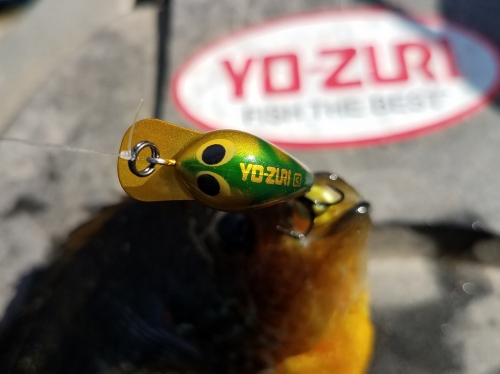
While there are a multitude of ways to catch bluegills and crappies in spring, it is arguable that the Yo-Zuri Snap Bean is one of the most effective and enjoyable lures for catching large fish. It is a morsel that big bulls and slabs just can’t pass up as it cruises through the shallows on the end of your line. If you want to catch more panfish this spring, stock up on the assortment of Yo-Zuri Snap Bean colors available today.
Walleye Season 2019 is FINALLY Here!!! by Marc Tremblay
This week marks the start of the 2019 Walleye season up north and we checked in with Yo-Zuri Prostaff angler Marc Tremblay in how he attacks early season.
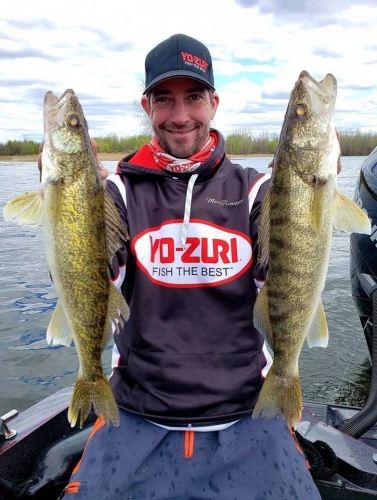
Primary Technique: Yo-Zuri Crystal Minnow Walleye DD
Marc always starts with when early season walleye fishing is trolling a Yo-Zuri Crystal Minnow Walleye Deep Diver in a shallow area (rock structure-weed line-edge of pool)

“I try to put the bait very close to the bottom. The fish are often relating to a rocky bottom because the the most heat will be held here. Typically if I am not hitting the bottom then I am not in good position to get bit”, says Marc.
The trolling speed in cold water is around 0.8 and 1.2mph, this allows the Crystal Minnow Walleye DD to have great action while not being too fast. The walleye are cold and lazy after the ice melt and may not seem as aggressive as they will be in a month.
Marc prefers a seven foot trolling rod medium heavy extra fast action. This rod also the bait to work the best action and is not too stiff whenever a walleye bites.
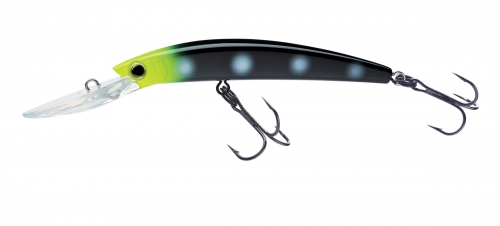
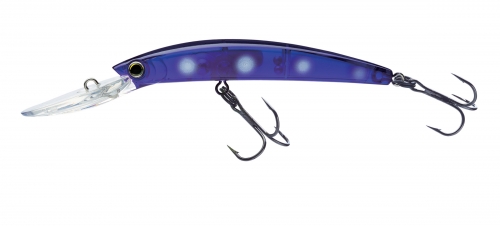
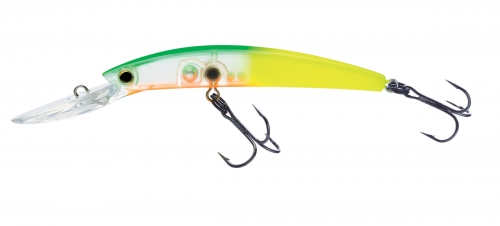
“I use Yo-Zuri SuperBraid 20 pound. I prefer the smaller diameter to help the lure to go to the bottom faster and less restriction. I also tie on a 6 foot Yo-Zuri TopKnot Mainline fluorocarbon leader. My method to the madness is simple: Dark color in cloudy water (Zombie, Midnight) and light color for a sunny day.”
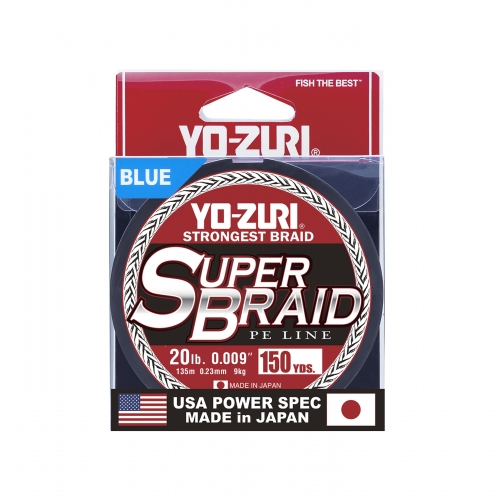

Secondary Technique: Jigging a Rattl’N Vibe
Marc mostly uses conventional jig equipment with a Yo-Zuri Vibe, preferably the 1/2oz size.
“I prefer this technique when fishing around a lot of current. The tight wobble and loud sound of the Vibe seems to really make a difference. I use a 6 foot heavy jigging rod with 10 pound SuperBraid mainline and 8 pound HD Carbon leader.”

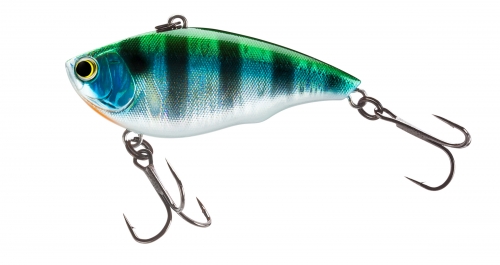
Marc says for the best action to use the bait without a clip and try to fish in areas where there is a discrepancy in the current. Finding a small calm current break can be the most successful. The walleye this time of year again are lazy and would rather find areas in current where the bait will naturally appear in their face without having to chase it down. This also means not being afraid to make multiple casts.
